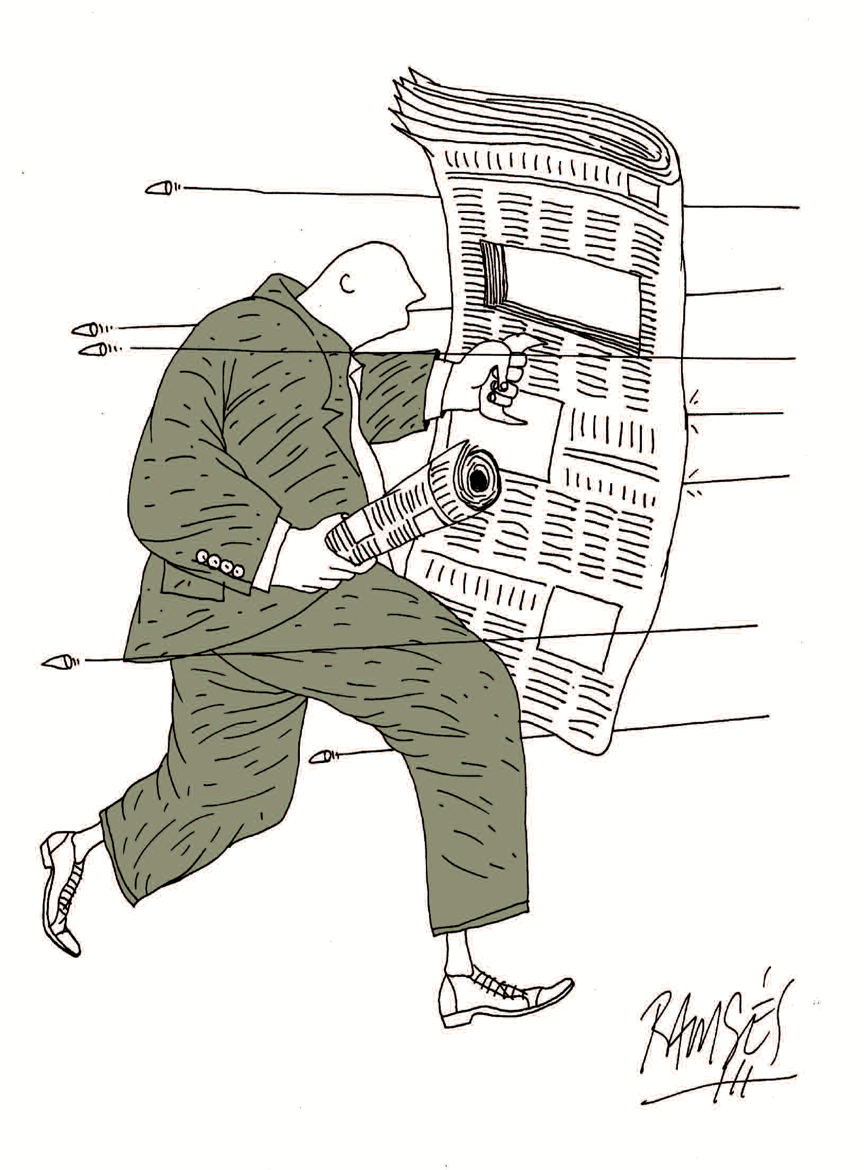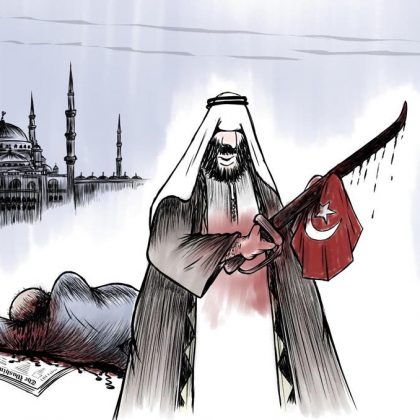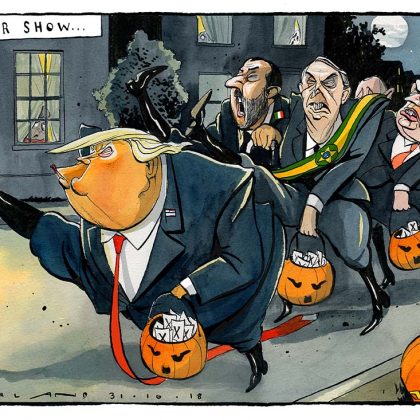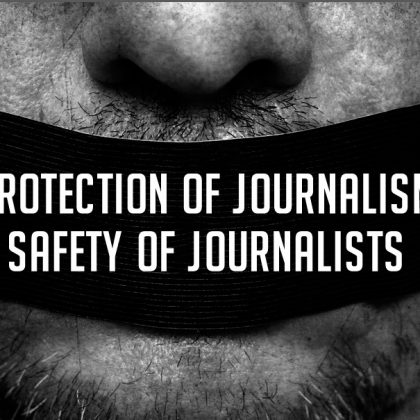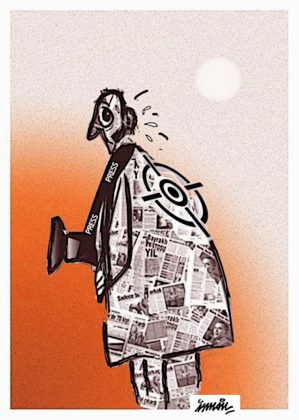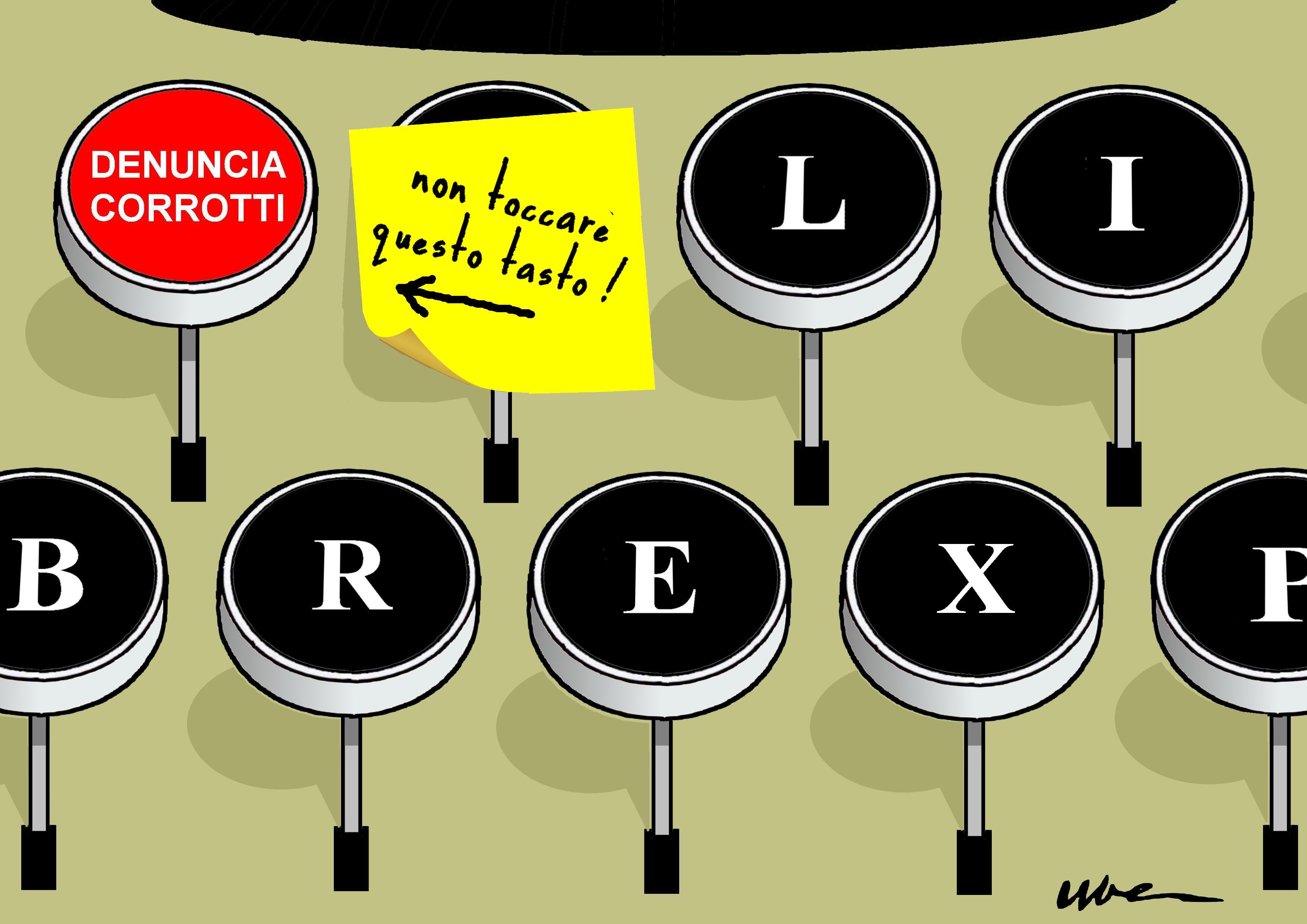
The murder of two journalists in the EU in the past six months has alerted the European media to the growing threat of censorship
For most of Europe – or what a Bulgarian journalist calls the ‘so-called Western democracies’ – censorship is something that happens ‘out there’. Murdered journalists, writers and commentators ‘disappeared’, newspapers closed down, editors behind bars: this is a phenomenon that afflicts the dictatorial regimes of Africa, Asia and the world beyond democratic Europe.
Not so, says the latest report from Index on Censorship, the foremost anti-censorship journal for almost 50 years. Its most recent ‘Mapping Media Freedom’,[1] which covers 42 countries in and around Europe, published in March this year, raises the alert on Europe: “Today we recorded our 4,000th case of a media freedom violation in Europe. That’s 4,000 cases in which journalists have been harassed, threatened, arrested, jailed – or even killed. Four thousand cases. In just four years”.
‘We need to stop behaving as if threats to journalists’ safety happen ‘somewhere else,’ adds Index’s CEO Jodie Ginsberg: “Prominent journalists in the United States get regular death threats – and are becoming used to it as part of their daily lives. Meanwhile, in the European Union two investigative journalists have been killed in less than six months. We need to wake up to this growing menace”.
- © Alfredo Martirena
- © Alexei Talimonov
Everywhere journalists report receiving threats of violence on a regular basis, but it is the latter phenomenon, the murder in October 2017 of the Maltese investigative journalist Daphne Caruana Galizia, whose car was blown up as she was driving, followed by the more recent killing of Slovak journalist Jan Kuciak and his fiancée Martina Kusnirova in February this year, that has shattered the complacency of the media world in Europe. Both journalists were working on stories of corruption in their respective countries, highlighting the growing involvement of the Mafia in government and financial circles.
Mafia infiltration is particularly evident in the countries of Eastern Europe since the fall of the Berlin wall in 1989. Journalists and media workers there are confronting relentless pressure simply for doing their job. Threats, intimidation and limitations imposed by changes in media law are confronting members of the press throughout EU member states, candidates for entry and neighbouring countries.
In a speech in Budapest in March at the award ceremony of the European Press Prize for 2018, Miklós Haraszti, a Hungarian journalist, human rights activist, diplomat and former OSCE Representative on Freedom of the Media, highlighted these new and growing threats.[2] He chose to cite the situation in Hungary as one of the more extreme cases of the deteriorating media situation in the EU. ‘Notwithstanding their camouflage of an elective democracy,’ he argues, ‘these states are able to achieve a deep-seated censorship and propaganda effect, comparable to what the erstwhile totalitarian states had accomplished.’ Hungary, he argues, has become the prime example of the ‘propaganda state’ and urges others, ‘who are already observing warning signs at home’, to take note.
“In the 1990s, when I served as head of the media freedom watchdog arm of the Organisation for Security and Co-operation in Europe, I was forced to realize that the decline of media freedom went far beyond individual violations of earlier recognized standards. It was a transition from democracy, rather than to it. It was the global resurrection of methodical state censorship in a democratic disguise. This type of media control is globally taking root as a mainstay of illiberal and neo-authoritarian governance. … Free speech was the beginning of democracy, and it is also its finest product. Today, the media are the ultimate frontiers in defending freedom in society”.
- © Ismail Dogan
- © Ismail Dogan
He ends a sobering speech on a note of hope. In paying tribute to the Slovak journalists, who not only turned out in mass support of their murdered colleague Jan Kuciak, but who went to extraordinary lengths to complete and publish the report on which Kuciak had been working, he recognises the courage that will resist the loss of a free media. The population of Slovakia also came on the streets in mass protest against their government and in defence of ‘the institutions that enforce transparency and justice’.
It is such action, he stresses, that will ensure the freedom of the media and prevent the spread of the Hungarian syndrome.
Judith Vidal-Hall
Good Friday 30 March 2018
[1] Link to Index on censorship media freedom mapping: https://www.indexoncensorship.org/mapping-media-freedom-annual-2017/
(2) Link to Miklos Haraszti’s paper: https://www.opendemocracy.net/can-europe-make-it/miklos-haraszti/shared-sense-of-media-freedom-is-alive-and-ready-to-strike-back
